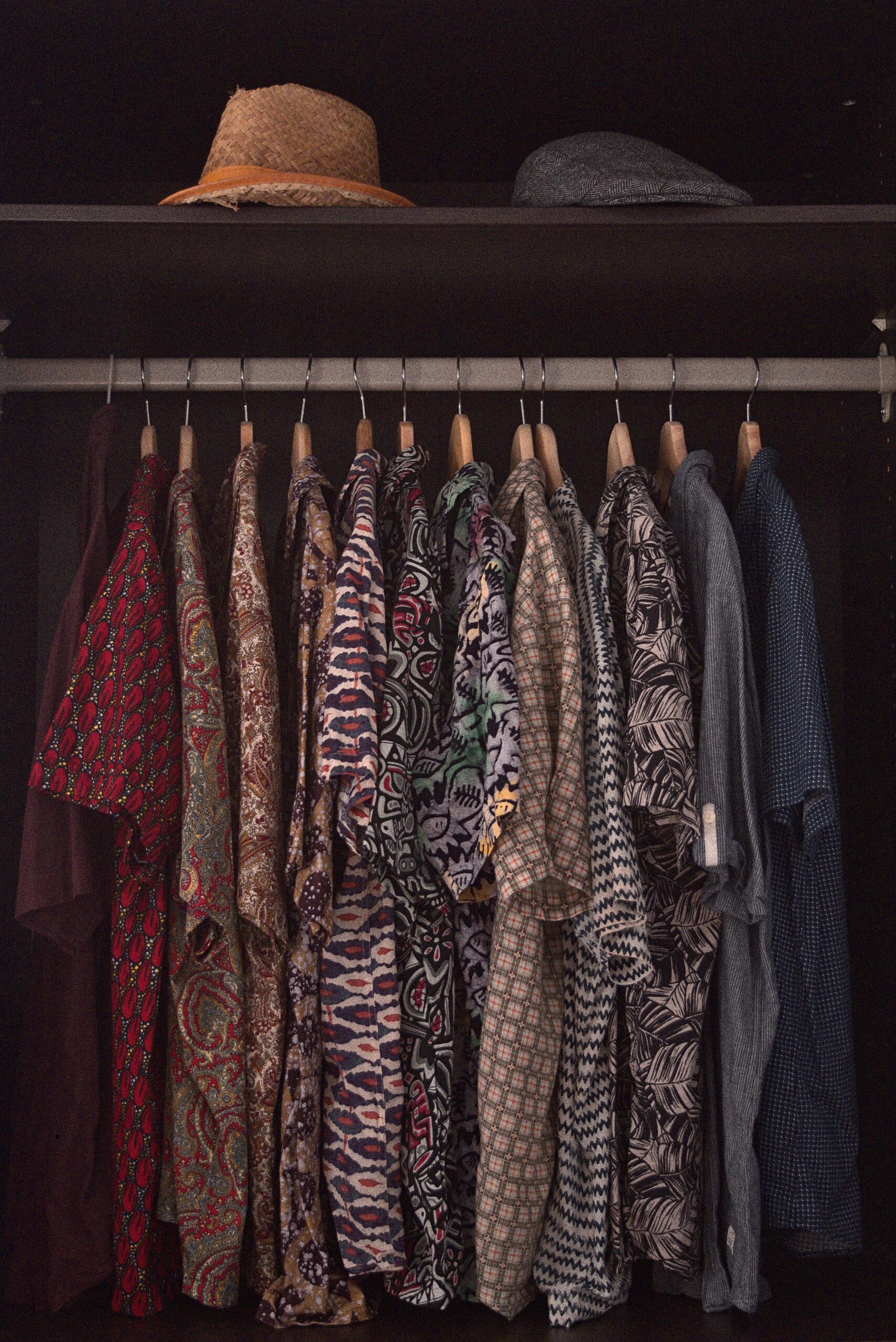Imagine having a perfectly organized closet that not only looks great but also saves you time and stress. With a few simple steps, you can create a smart closet that revolutionizes your daily routine. From color-coded hangers to space-saving storage solutions, this article will guide you through the process of setting up a smart closet that will keep your clothes neatly arranged and easily accessible. Say goodbye to rummaging through piles of clothes and hello to an efficient and stylish wardrobe that will make getting dressed a breeze.
Choosing the Right Closet

Assess Your Storage Needs
When setting up a smart closet, it is essential to first assess your storage needs. Think about the amount and types of clothing, accessories, and shoes that you have. Consider your lifestyle and how often you need to access certain items. By understanding your storage requirements, you can make informed decisions when choosing the right closet solution.
Measure the Space
Before diving into designing and organizing your smart closet, take accurate measurements of the available space. This includes the height, width, and depth of the area where the closet will be installed. It is crucial to measure twice to ensure that the closet system fits perfectly and maximizes the available space in your room.
Consider Closet Type and Design
Next, consider the type and design of the closet that will suit your needs. There are various options to choose from, such as reach-in closets, walk-in closets, or even custom-built closets. Each type has its own advantages and limitations, so it’s important to select the one that aligns with your preferences and requirements.
Select the Right Materials
When it comes to selecting the materials for your smart closet, durability and aesthetics are key factors to consider. Opt for high-quality materials that can withstand the weight of your clothing and accessories. Additionally, choose materials that match the style and design of your room, creating a seamless and visually appealing environment. By selecting the appropriate materials, you can ensure that your smart closet not only functions efficiently but also enhances the overall aesthetics of your space.
Planning the Layout
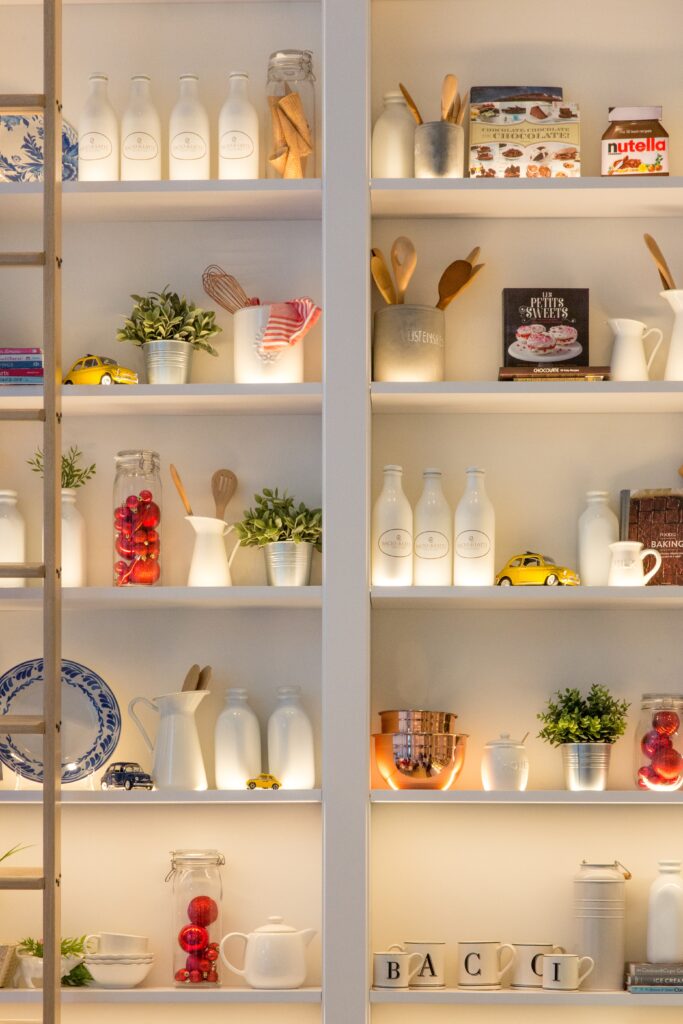
Determine Clothing Categories
To create an organized smart closet, it is essential to categorize your clothing items. Consider grouping them by type, such as tops, pants, dresses, etc. This will help you streamline your storage system and make it easier to locate specific items when you need them. Taking the time to determine clothing categories will greatly contribute to the efficiency and functionality of your smart closet.
Allocate Space for Shoes and Accessories
Shoes and accessories are often overlooked when planning a closet layout. However, allocating a designated space for them is crucial for efficient organization. Consider incorporating shoe racks or shelves to keep your footwear neatly arranged. Additionally, utilize organizers specifically designed for jewelry and small accessories to ensure they remain easily accessible and tangle-free.
Consider Additional Storage Needs
While clothing, shoes, and accessories are the primary items stored in a closet, it is important to consider any additional storage needs you may have. For example, if you frequently store bulky items like blankets or luggage, allocate space for them accordingly. Additionally, think about whether you need space for storing seasonal clothing or items that are used less frequently. By considering these additional storage needs, you can create a comprehensive and efficient smart closet solution.
Organizing the Clothing
Declutter Your Wardrobe
Before organizing your clothing in the smart closet, take the opportunity to declutter your wardrobe. Remove any items that you no longer wear or are no longer in good condition. By decluttering, you not only create more space but also ensure that you are only storing and organizing items that you truly need and enjoy.
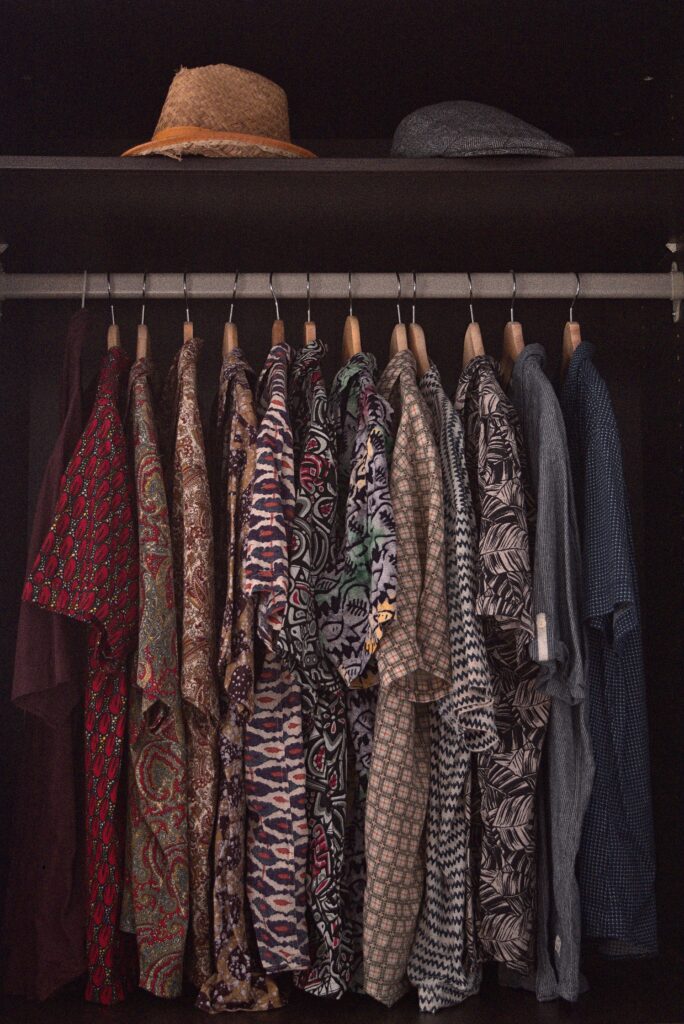
Sort and Categorize Clothing
Once your wardrobe is decluttered, sort and categorize your clothing items before placing them in the smart closet. This can be done based on factors such as color, style, or seasonal use. By sorting and categorizing, you can easily locate specific items when needed and maintain a sense of order within your closet.
Implement a Practical Clothing Storage System
When organizing your clothing in the smart closet, it is crucial to implement a practical and efficient storage system. Utilize a combination of hanging rods, shelves, and drawers to accommodate different types of clothing. Consider the best placement for each category to optimize accessibility and ease of use. Additionally, utilize storage solutions such as dividers or bins to further categorize and organize specific items within each clothing category.
Utilizing Smart Closet Features
Install Smart Lighting
One of the key features of a smart closet is the ability to incorporate intelligent lighting solutions. Install sensor-based lighting that automatically turns on when you enter the closet, providing ample illumination to easily see and select your clothing. This not only adds a touch of convenience but also enhances the functionality and atmosphere of your smart closet.
Incorporate Automated Rods and Shelves
To further streamline your closet organization, consider incorporating automated rods and shelves. These innovative features enable you to easily adjust the height and position of clothing racks and shelves with minimal effort. By utilizing automated systems, you can optimize the use of space and customize the configuration of your smart closet as needed.
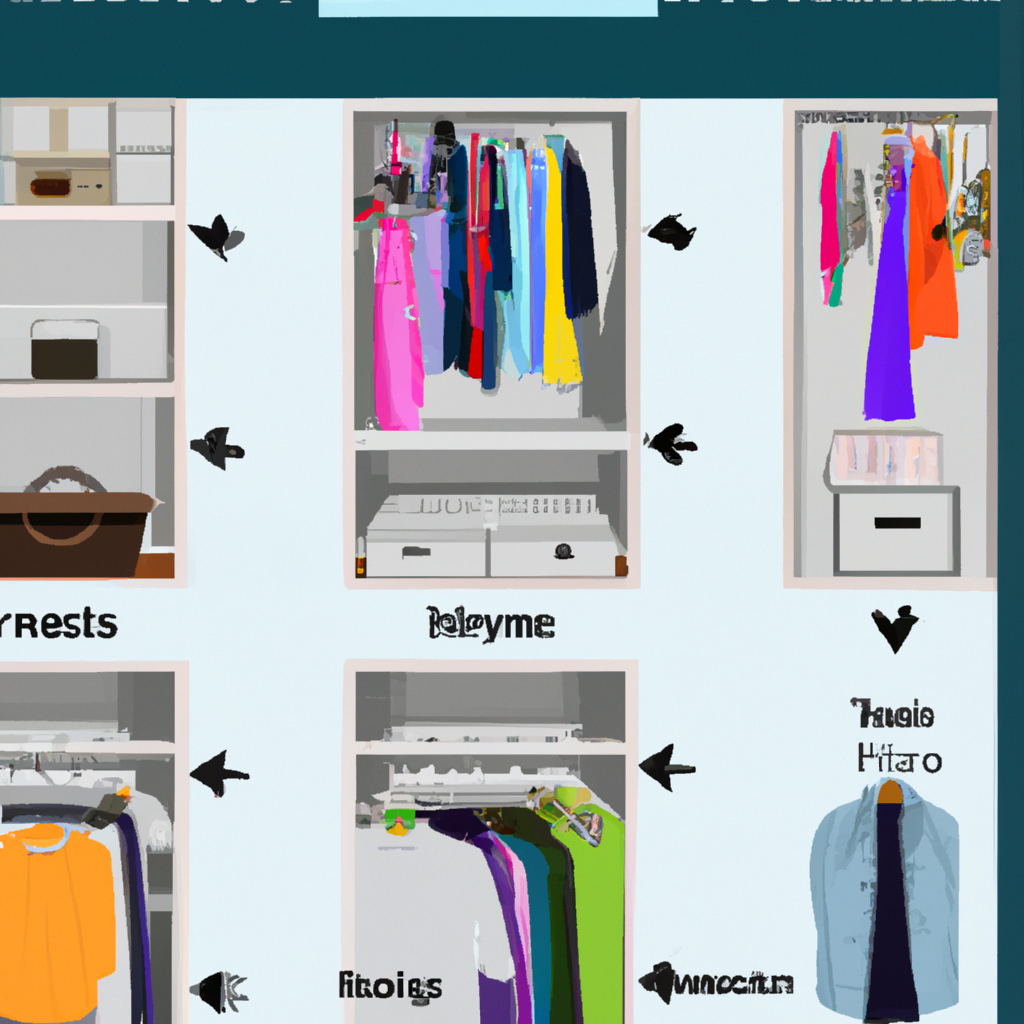
Use Smart Hangers and Closet Accessories
Smart hangers and closet accessories are fantastic additions to a smart closet. They come equipped with features such as RFID tracking, which allows you to easily locate specific items in your wardrobe using a smartphone app. Some smart accessories can also provide information on weather conditions or suggest outfit combinations based on your clothing inventory. These smart additions enhance the functionality and convenience of your smart closet, making the overall organization and selection process effortless.
Implementing Efficient Storage Solutions
Maximize Vertical Space with Shelving and Hooks
To fully utilize the available space in your smart closet, maximize vertical space by incorporating shelving and hooks. Install shelves above hanging rods to store items such as bags, hats, or folded clothing. Additionally, utilize hooks to hang belts, scarves, or other accessories. By using these vertical storage solutions, you can effectively minimize clutter and create a visually appealing and functional smart closet.
Utilize Drawer Dividers and Inserts
When it comes to organizing smaller clothing items, such as underwear or socks, drawer dividers and inserts are invaluable. These organizational tools ensure that each item has its own dedicated space, making it easier to find and maintain order within your smart closet. Consider using customizable dividers and inserts to create compartments that perfectly suit your needs.
Utilize Space-Saving Hangers
Space-saving hangers are a game-changer when it comes to optimizing your smart closet’s storage capacity. These hangers are designed to save space by using slim profiles and various hanging techniques. With options such as cascading hangers or multi-tiered hangers, you can effectively maximize the number of items you can hang in a limited space. By utilizing space-saving hangers, you can create a tidy and efficient smart closet without compromising on storage capacity.
Smart Closet Maintenance
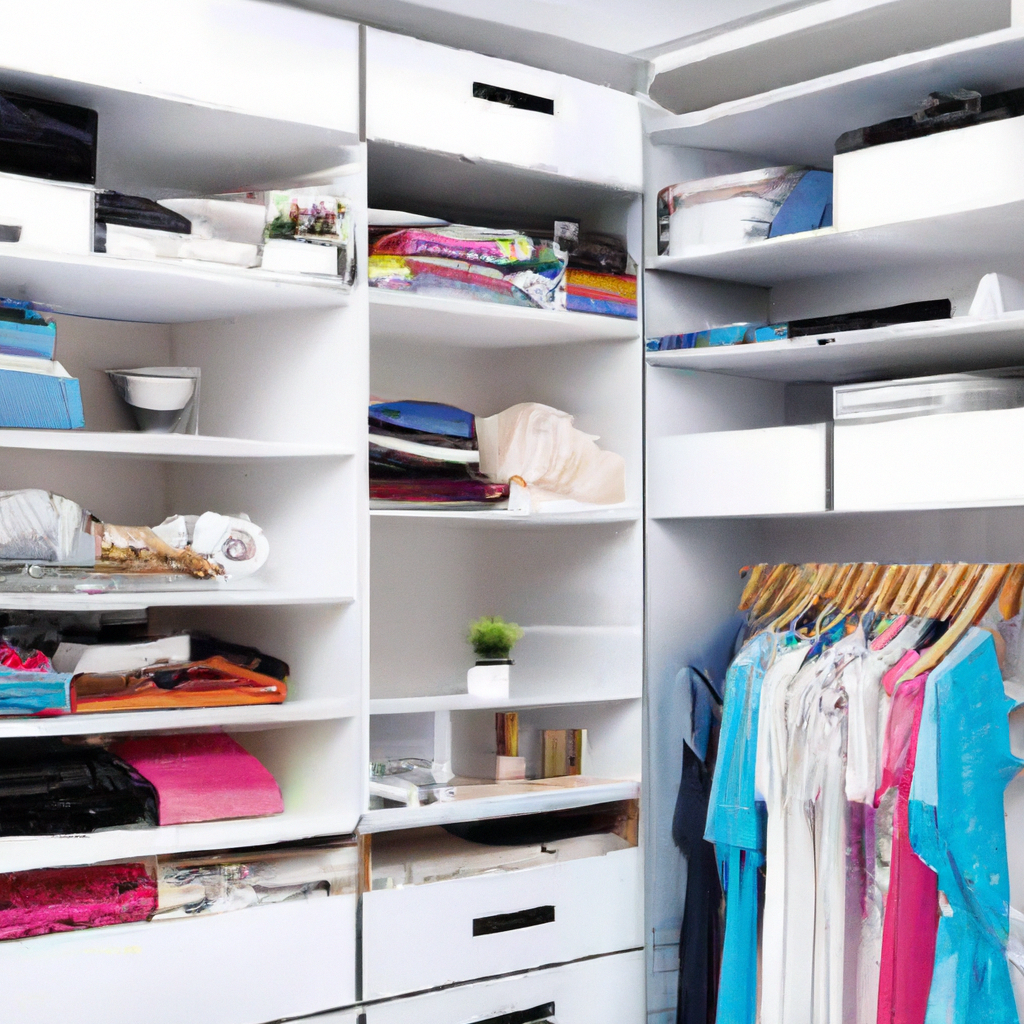
Regularly Declutter and Reorganize
To maintain the efficiency and functionality of your smart closet, it is important to regularly declutter and reorganize. Set aside time every few months to reassess your clothing items and remove any that are no longer needed. Additionally, adjust the organization of your items based on changes in seasons or personal preferences. By engaging in regular maintenance, you can ensure that your smart closet remains a well-organized and functional space.
Clean and Protect Your Clothes
In order to preserve the quality and longevity of your clothing, it is essential to clean and protect them regularly. Follow the care instructions on the garment labels and ensure that items are properly laundered or dry-cleaned. Additionally, utilize appropriate garment bags or storage containers to protect delicate or seasonal clothing items from dust, pests, and potential damage. By maintaining the cleanliness and condition of your clothes, you can enjoy a well-preserved and organized smart closet.
Update and Upgrade
As technology and your storage needs evolve, it is important to update and upgrade your smart closet accordingly. Stay informed about the latest advancements in smart closet systems and technologies, and consider incorporating new features or improvements that align with your requirements. By staying up-to-date and adaptable, you can ensure that your smart closet continues to serve your organization and convenience needs effectively.
Smart Closet Systems and Technologies
Explore Wireless Connectivity and Integrations
To truly maximize the potential of your smart closet, explore wireless connectivity options and integrations with other smart home devices. This allows you to control and monitor your closet remotely, providing convenience and ease of use. For example, you can integrate your smart closet with voice assistants or smartphone apps to manage inventory, receive outfit suggestions, or even shop for new clothing. By embracing wireless connectivity and integrations, you can create a seamless and efficient smart home experience.
Consider Smart Mirrors with Virtual Styling
Smart mirrors with virtual styling capabilities are a fantastic addition to a smart closet. These mirrors utilize advanced technology to provide virtual try-on experiences, outfit recommendations, and even fashion advice. They can analyze your clothing inventory and suggest different combinations based on the occasion or your personal style preferences. By incorporating a smart mirror into your smart closet, you can enhance your overall dressing experience and make informed fashion choices.
Use Closet Management Apps
To streamline the organization and management of your smart closet, make use of dedicated closet management apps. These apps allow you to digitally catalog and categorize your clothing items, making it easy to locate and plan outfits. Some apps even offer features such as outfit suggestions based on weather conditions, event types, or personal preferences. By utilizing closet management apps, you can effectively optimize the organization and functionality of your smart closet.
Choosing the Right Clothing Storage Solutions
Opt for Adjustable Closet Systems
When selecting clothing storage solutions for your smart closet, opt for adjustable systems. Adjustable closet systems allow you to customize the layout and configuration of your storage space as your needs change. With options such as adjustable shelves, rods, and drawers, you can easily adapt and optimize your smart closet to accommodate different clothing items or storage requirements.
Consider Modular and Customizable Storage
Modular and customizable storage solutions provide great flexibility when designing your smart closet. These systems allow you to mix and match different modules to create a layout that perfectly suits your needs. Whether you prefer open shelves, closed cabinets, or a combination of both, modular and customizable storage options ensure that your smart closet is tailored to your preferences and requirements.
Choose Efficient Shoe and Accessory Organizers
When it comes to organizing shoes and accessories in your smart closet, choose efficient storage solutions. Shoe racks or shelves that allow for easy access and visibility of your footwear collection are highly recommended. For accessories such as belts, scarves, or jewelry, opt for organizers that have designated compartments or hooks to keep them neat and easily accessible. By choosing efficient shoe and accessory organizers, you can maintain excellent organization and maximize the functionality of your smart closet.
Managing Accessories and Shoes
Use Organizers for Jewelry and Small Accessories
Organizers specifically designed for jewelry and small accessories are essential for keeping these items well-organized in your smart closet. Utilize jewelry trays or compartments to separate and store necklaces, earrings, bracelets, and other delicate accessories. For smaller items like rings or hair accessories, consider using small containers or pouches to prevent them from getting misplaced. By dedicating space to these organizers, you can ensure that your accessories are easily accessible and protected.
Utilize Shoe Racks and Shoe Storage Solutions
To manage your shoe collection effectively, incorporate shoe racks or shoe storage solutions into your smart closet. Shoe racks can be either wall-mounted or freestanding, depending on the available space and your preferences. Opt for shoe storage solutions that provide sufficient airflow to prevent odor or moisture buildup. Consider using clear shoe boxes or adjustable shelving systems to enhance visibility and accessibility. By utilizing appropriate shoe storage solutions, you can keep your footwear organized, clean, and in excellent condition.
Maintaining an Efficient Workflow
Organize Clothing by Usage Frequency
To optimize the workflow in your smart closet, organize your clothing based on usage frequency. Place frequently worn items within easy reach, such as at eye-level or on lower shelves. Less frequently worn or seasonal items can be stored in higher or less accessible areas. By organizing your clothing in this manner, you can quickly and effortlessly locate and retrieve the items you use most often, streamlining your daily routine.
Establish a System for Laundry and Wardrobe Rotation
A well-established system for laundry and wardrobe rotation is crucial for maintaining an efficient smart closet. Implement a regular laundry schedule and have designated hampers or baskets for dirty clothes. After laundry is done, return clean clothes to their designated places in the smart closet. Additionally, establish a system for rotating seasonal clothing items to ensure that your wardrobe remains relevant and organized throughout the year. By adhering to these routines, you can prevent clutter and keep your smart closet functioning at its best.
Practice Daily Closet Maintenance
Lastly, to maintain an efficient workflow and organization in your smart closet, practice daily closet maintenance. Spend a few minutes each day tidying up and returning items to their designated places. This can include hanging up clothes, organizing accessories, or wiping down shelves. By consistently practicing daily closet maintenance, you can ensure that your smart closet remains a well-organized and stress-free space.
In conclusion, setting up a smart closet or wardrobe requires careful consideration of your storage needs, closet type and design, and the right materials. Planning the layout involves determining clothing categories, allocating space for shoes and accessories, and considering any additional storage needs. Organizing the clothing involves decluttering, sorting, and implementing a practical clothing storage system. Utilizing smart closet features includes installing smart lighting, incorporating automated rods and shelves, and using smart hangers and accessories. Implementing efficient storage solutions involves maximizing vertical space, utilizing drawer dividers and inserts, and using space-saving hangers. Smart closet maintenance involves regularly decluttering and reorganizing, cleaning and protecting your clothes, and updating and upgrading your smart closet. Exploring smart closet systems and technologies includes wireless connectivity and integrations, smart mirrors with virtual styling, and closet management apps. Choosing the right clothing storage solutions involves opting for adjustable closet systems, considering modular and customizable storage, and choosing efficient shoe and accessory organizers. Managing accessories and shoes involves using organizers for jewelry and small accessories and utilizing shoe racks and storage solutions. Lastly, maintaining an efficient workflow involves organizing clothing by usage frequency, establishing a system for laundry and wardrobe rotation, and practicing daily closet maintenance. With these comprehensive steps and strategies, you can create a smart closet that not only promotes efficient organization but also enhances convenience and aesthetics in your daily life.
